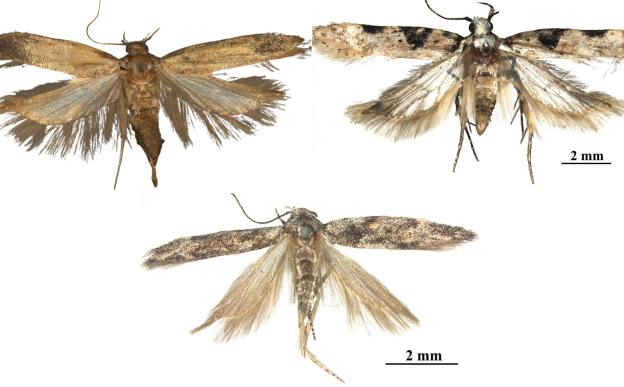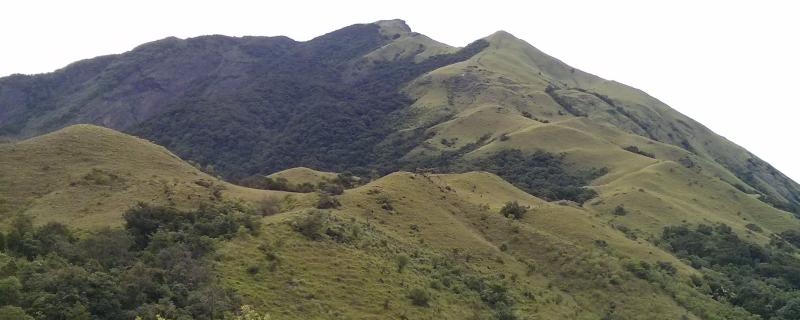Shola grasslands are a unique habitats of the Western ghats that are under threat from many factors. In a recent collaborative study, scientists explore what are the major threats to this habitat.
Gelechia bilobuncusa (top, left: ), Gelechia adi (top, right), and Istrianis ladakhensis (bottom). Image credit: Authors, https://doi.org/10.11646/zootaxa.5728.1.6
New Delhi/


